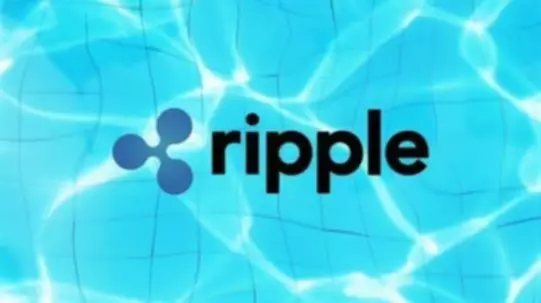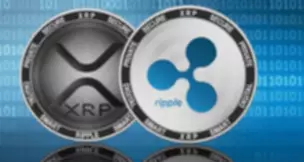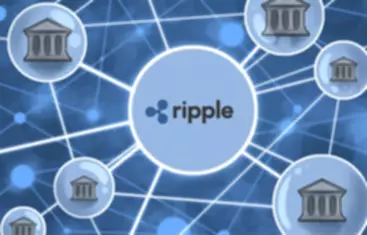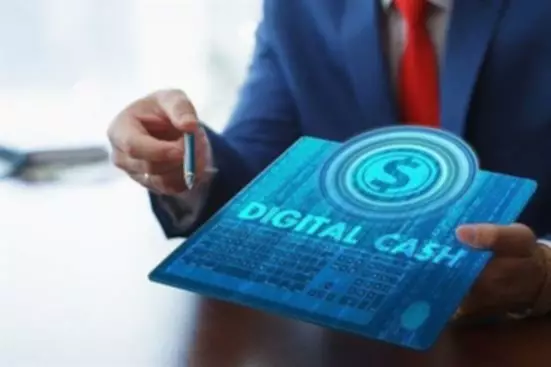Is it possible to mine Ripple (XRP)?

Mining is often seen as a fundamental function of cryptocurrency, and contrary to popular belief, mining Ripple (XRP) is not fully possible. Unlike Bitcoin and its other counterparts, Ripple (XRP) only uses a semi-centralized ledger technology to help quicken and facilitate its transactions. Instead, Ripple depends on the businesses and institutions incentivized by the business problem Ripple is solving for them. This is one of the main reasons why many banks recognize Ripple as a cryptocurrency. This is especially true for banks that need liquidity when facilitating transactions cross-border. Ripple (XRP) is generated through a crypto-ledger akin to Blockchain technology and is generally federated by financial institutions and payment processor networks.
While it is absolute that Ripple (XRP) cannot be mined by miners, it can technically still be possible through the use of other cryptocurrencies. In a basic sense, one can mine other cryptocurrencies like Bitcoin and Ethereum, and after that, through the use of a currency exchange platform, be able to exchange the mined cryptocurrency for Ripple (XRP). This is one of the closest methods to actually mining Ripple (XRP).
In this article, though, we see what the current uses of the cryptocurrency are, how it’s done, and how Ripple (XRP) is used by banks and its payment processes such as:
- Its concept as a “Bridge Currency”
- Its use as an intermediary
But before we get into that, we will look into the history of Ripple (XRP) and how it came about.


The History of Ripple (XRP)
The popularity of decentralized currency, such as Bitcoin, was one that had not been foreseen during its inception. With its volatile value, many who had properly invested in it had benefited a lot in the long run. Of course, with Bitcoin rallying the revolution of how we perceive money, other companies, and entities of the technological and financial types have followed suit. Inspired by Bitcoin, Ripple has entered the arena as well. Recently, Ripple (XRP) has made its way to become the third-most valuable cryptocurrency with a valuation reaching above $90 billion as of January 2018. However, Ripple is different from Bitcoin as it is technically not a cryptocurrency itself. Ripple is the name of a private company that developed a protocol utilizing a for-profit, open-source technology for security.
The first instance of a working prototype of Ripple came from a project conceptualized by Ryan Fugger in 2004. Fugger’s idea was to create an online payment solution with a much heavier focus on security. Later in 2012, the project changed hands in ownership to Jed McCaleb and Chris Larsen, who would later become the founders of Ripple Labs (formally known as OpenCoin in the time) – a technology company based in the United States. In 2015, Ripple Labs later rebranded itself to just Ripple.
Later, Ripple would develop its cryptocurrency that they call XRP, which would be recorded in a Blockchain-like ledger called the XRP Ledger (XRPL). Formerly known as a Ripple Consensus Ledger (RCL) back in 2012, it stored accounting information of its users and also acted as an exchange platform between fiat currencies and its decentralized counterparts.
RippleNet is its official digital transaction network, which, in turn, incorporates the XRP Ledger as its economy to facilitate transactions. RippleNet currently has three services that allow for a wider range of accessibility with its strengths and weaknesses. These products are named xRapid, xCurrent, and xVia. Its RippleNet platform is also considered much more flexible, allowing payments to be made in any fiat currency and also other cryptocurrencies apart from Ripple (XRP) such as Bitcoin and AltCoin.
Uses and Benefits of investing in Ripple (XRP)
Ripple (XRP) nowadays is bought and sold by a million users and entities over numerous exchange platforms and is mostly used for providing liquidity for banks that facilitate cross-border transfers. There are a large variety of uses and benefits for investing in Ripple (XRP) and here some of the reasons why:
- One of the main benefits that many have considered to be the main focus is that the currency exchange platforms offer very low commission rates.
- Ripple (XRP), being supported and facilitated by cutting-edge technology, allows itself for lightning-fast transactions speeds. With an average transaction time of just four seconds, it out-sped the average time of one hour for Bitcoin and one to two business days for most banks.
- Cryptocurrencies have always been in the receiving end of authoritative measures due to certain legal grey areas that many central banks around the world are against. One of the benefits of investing in Ripple is that it has developed a great relationship with many banks globally, allowing for a more streamlined transaction process. People who invest in Ripple (XRP) very seldom find themselves in the midst of regulation interventions unlike that of Bitcoin miners and investors.
- Ripple (XRP) coins already exists, preventing substantial inflation
- Ripple is not subject to inflation as digital coins have already been mined from the beginning before use and are already existing in records.
- It is highly accessible
- Ripple (XRP) is a very popular cryptocurrency and can be exchanged for fiat currency or other cryptocurrencies with a majority of major currency exchanges such as Coinbase, Gemini, Binance, etc.
- Customer trust is not taken lightly by the people in Ripple. And as a full-fledged business, the company would have to guarantee satisfaction with its Public Relations Department.
Ripple (XRP) as a Bridge Currency

Ripple XRP acts as a “Bridge Currency,” which gets its name because of its use by banking and financial institutions to facilitate fast and cheap cross-border/cross-currency transactions. This is the system that has made it easier for Ripple’s system to be integrated into banks and payment processor networks. Within Ripple’s system is its local token called XRP and is the aforementioned “bridge currency” that bridges and facilitates trades in any other currency. Creating a transaction in the XRPL removes small amounts of XRP as a fee and therefore allows its supply to not be fixed. RippleNet consists of secured subnetworks that form a larger main network. Within the network are validators that set in overlapping sets, which are used to validate the transactions and its place in the XRP Ledger. Generally, Ripple (XRP) coins are sold to institutional investors and, on several occasions, exchanges, which keeps the value of the cryptocurrency from inflating. However, when Ripple initially designed the XRP, it was designed so that retail investors wouldn’t find it too valuable and hence not find buying large amounts of the coin appealing.
Use of Ripple (XRP) as an intermediary

In other words, XRP is a piece of financial technology with a solid goal for institutional service participants, such as banks and international banking institutions, rather than personal or retail investors. The Ripple (XRP) cryptocurrency is specifically designed to substitute SWIFT and SEPA systems to integrate with existing financial infrastructure easily. In other words, XRP is FinTech that aims to service institutional players, such as banks and international payment networks, and as such, is built to easily integrate with existing financial infrastructure and not design a parallel one. It makes use of many international money-transfer solutions and RippleNet gateways – xRapid, xCurrent, and xVia. xRapid is a mechanism for mostly fiat-to-fiat settlements using XRP as an intermediary xCurrent settles payments in XRP.